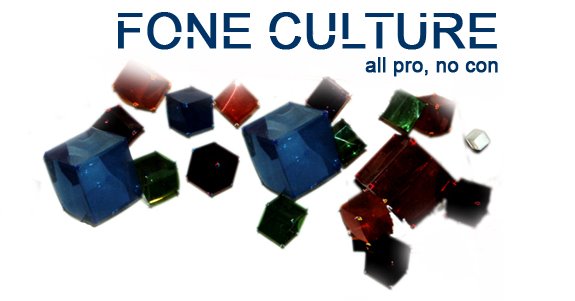
This is new to me.
Louis Kahn was an American architect born in 1902 that died, bankrupt and without identification (he had defaced his passport for unknown reasons), in New York's Pennsylvania Station in 1974. He had just returned from India where he was working on the National Assembly Building in Dhaka, Bangladesh. It took three days to identify his body.
He had families with three different women. His "bastard" son Nathaniel Kahn made an oscar-nominated documentary about him called My Architect: A Son's Journey. (Louis died when Nathaniel was nine and Nathaniel wasn't even mentioned in the obituary). The movie is pitiful and gorgeous. I say pitiful because Nathaniel, this poor man seeming very much a child throughout, so desperately wants to find some connection to his absentee father by making the film that he crams himself into awkward situations in the process. I've never seen a documentary that was so personal. I say gorgeous because the act of this–the vulnerability of it–is sincere and pathetic in a way that's endearing.
It's strange because in almost every interview with Kahn's past associates you get some reference to what an asshole he was. How they all knew he was hurting his families and how he exploited his employees' time and energy with little regard for their considerations. And yet, some of these same people break down weeping when talking about Kahn. It's never really clear what the nature of his special charisma was, what it was he brought to these people that inspired so much dedication; it's only referred to indirectly, implied through the evidence of the power of his memory in others. The most amazing moment to me was near the end where this guy in India is trying to describe his feelings about the Bangladesh National Assembly building and what a labor of love it was to the people of India, how Kahn had bestowed this amazing gift on India, and he starts crying. Another Indian man interviewed thought Kahn was a Yogi, that his understanding of spacial relationships and the spiritual nature of man were so advanced that he had transcended his humanity in a way; which he suggests is possibly a clue to understanding his cruelty-by-indifference. That sounds fishy and yet, the man saying it seems to really believe it. And his explanations are articulate and intriguing.
Kahn's style is an idea about beauty (though some of his buildings shown in the movie are fairly ugly). His artistic epiphany about what he wanted to do with architecture (which didn't come until he was nearly 50!) hapened while visiting some European ruins (in Italy, I think). What he came away with was a bulky, brutal style that was intended to look like futuristic ruins. That is, both ancient and prescient. When I look at it, it takes me out of time for that reason. This has spiritual implications for me. The rejection of time is as good a place as any to start when rejecting the material. But he goes beyond this, imagining what it would be like to create without physical restraints. The result is visual hypocrisy. There are arbitrary shapes cut into large buildings, making them look like massive toddler crafts. They were surely the result of intense logistic solutions and effort, and yet the shapes are so simple and haphazardly placed they look like a child cut them in construction paper on a whim. The effortlessness of that, that whim-like quality–as if the act of creation could be as simple as saying "I'll just scissor out a half moon from this giant stone edifice"–is the art of disembodiment. It's also the fingerprint of a complicated intelligence that is still childish.









